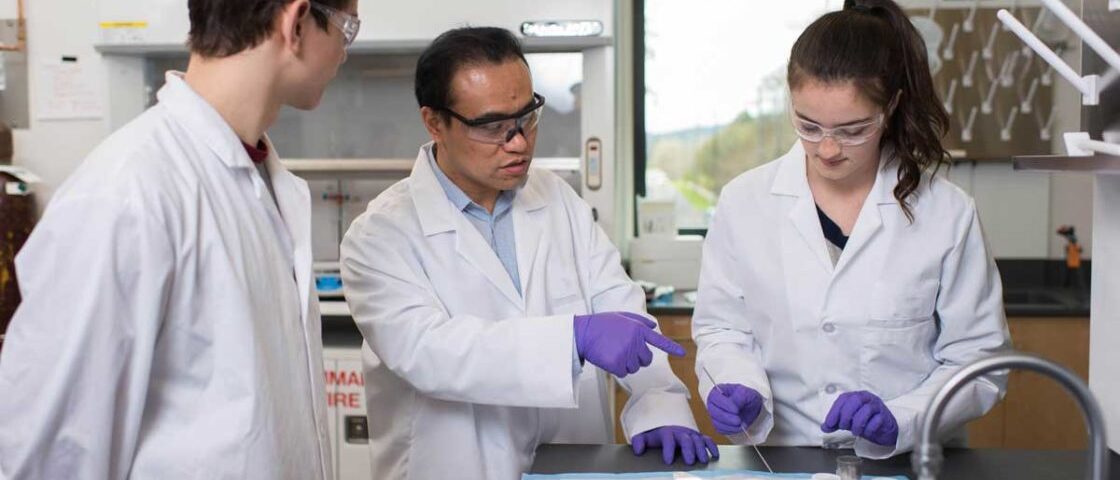Researchers Bust Major Hurdle for Ethanol Fuel Cells

Original article written by The Driven
Researchers at the Oregon State University believe they have solved a major hurdle in the development of direct-ethanol fuel cells, answering three key problems long associated with a technology that could provide another alternative clean power source for cars.
Led by Zhenxing Feng, of the OSU College of Engineering, the researchers successfully developed a catalyst that solves three key problems long associated with direct-ethanol fuel cells (DEFC) – low efficiency, the cost of catalytic materials, and the toxicity of chemical reactions inside the cells.
Alongside researchers at the University of Central Florida and the University of Pittsburgh, Feng and his OSU researchers discovered that combining fluorine atoms with palladium-nitrogen-carbon catalysts benefited the power cells, keeping them stable for nearly 6,000 hours.
The development of high-performance palladium alloy catalysts not only help solve some of the inherent concerns with DEFC, but they also use less of the precious metal than current palladium-based catalysts.
The development of DEFC could serve an important role in further diversifying the decarbonization of transport. A 2020 study concluded that ethanol “could be considered as a carbon-neutral and sustainable fuel source if it is produced from biomass” and was considered “promising due to its low cost and low toxicity.”
However, it needs to overcome key technical problems and economic concerns to be a commercial proposition.
“Combustion engines produce enormous amounts of carbon dioxide,” said Feng.
“To achieve carbon-neutral and zero-carbon-emissions goals, alternative energy conversion devices using the fuel from renewable and sustainable sources are urgently needed. Direct-ethanol fuel cells can potentially replace gasoline- and diesel-based energy conversion systems as power sources.”
“If this is successful, we can deliver a device for commercialization in five years. With more industrial collaborators, the DEFC vehicle can be implemented in 10 years, hopefully.”
Feng and collaborators are currently in the process of soliciting funding to develop prototypes of DEFC units for portable devices and vehicles.
Ethanol is made up of carbon, hydrogen, and oxygen, and is the active ingredient in alcoholic drinks. Occurring naturally through the fermentation of sugars by yeasts, ethanol can be derived from a number of sources such as corn, wheat, grain sorghum, barley, sugar cane, and sweet sorghum.
Given its potential source, ethanol has been seen not only as a potential clean energy fuel, but also as a financial salvation for regions such as the Midwest in the United States. Most of the ethanol in the US is made from corn grown in the Midwest and has therefore been seen as vital to the region’s economic security.
From its biomass source, the resulting liquid ethanol is more easily stored and transported than some alternative clean fuels – such as hydrogen – and can deliver more energy per kilogram than other fuels like methanol or pure hydrogen.
Moreover, as Feng explains, existing infrastructure can be used to produce and distribute ethanol, making DEFC an even more attractive option for the transport sectors efforts to decarbonize.
“The benefit of using biological sources to produce ethanol is that plants absorb atmospheric carbon dioxide,” Feng says.
“The first vehicle powered by an ethanol-based fuel cell was developed in 2007. However, the further development of DEFC vehicles has significantly lagged due to the low efficiency of DEFC, the costs related to catalysts and the risk of catalyst poisoning from carbon monoxide produced in reactions inside the fuel cell.”
The findings of the Oregon-led research were published in the journal Nature Energy.




